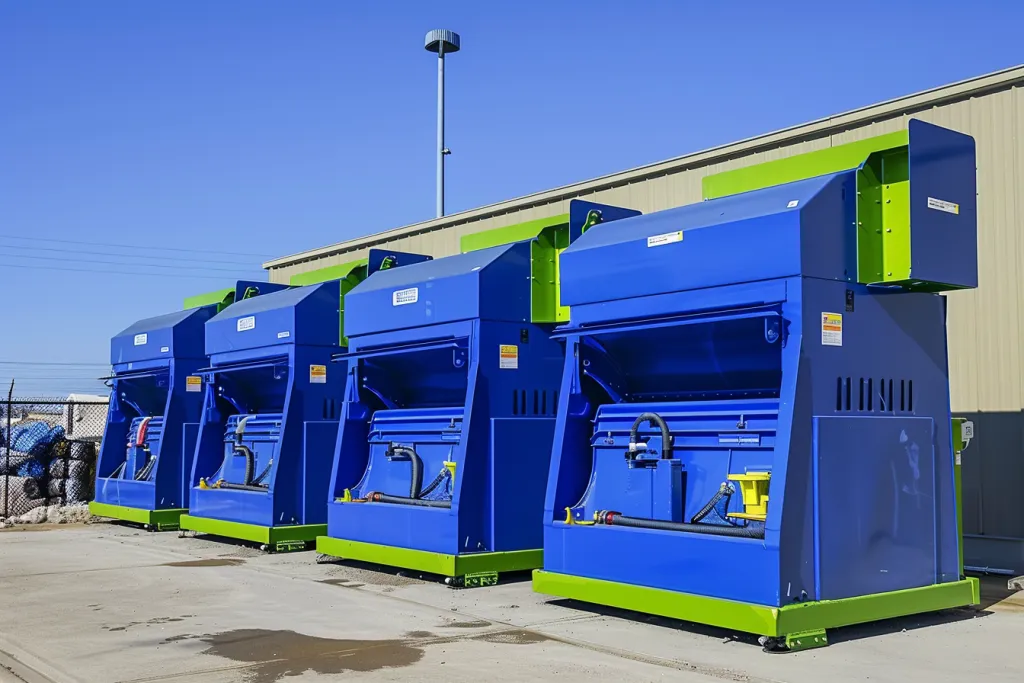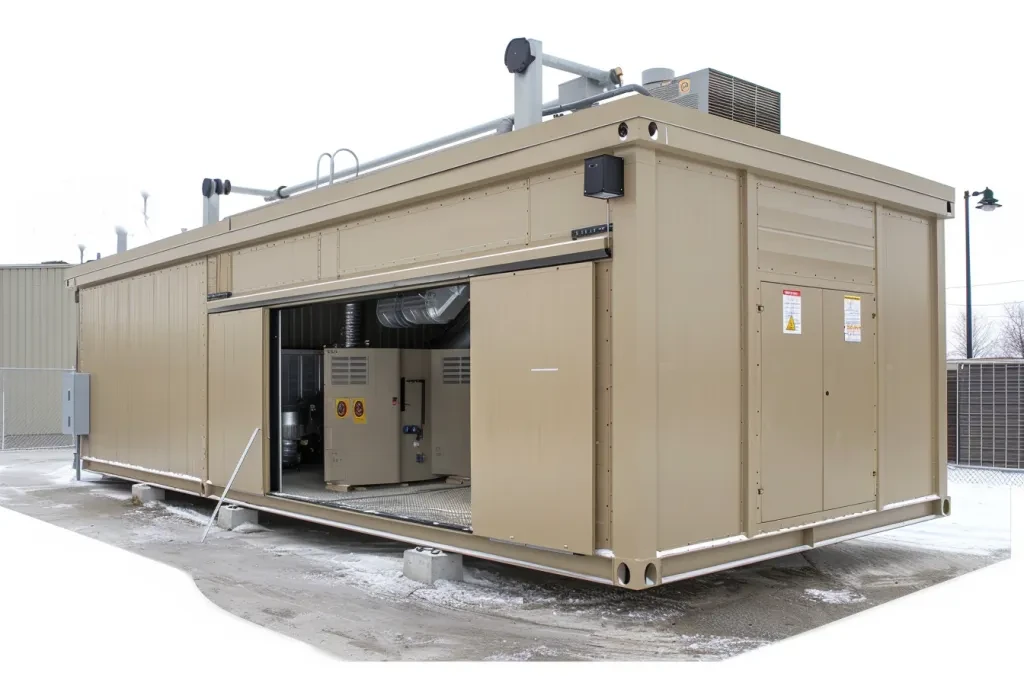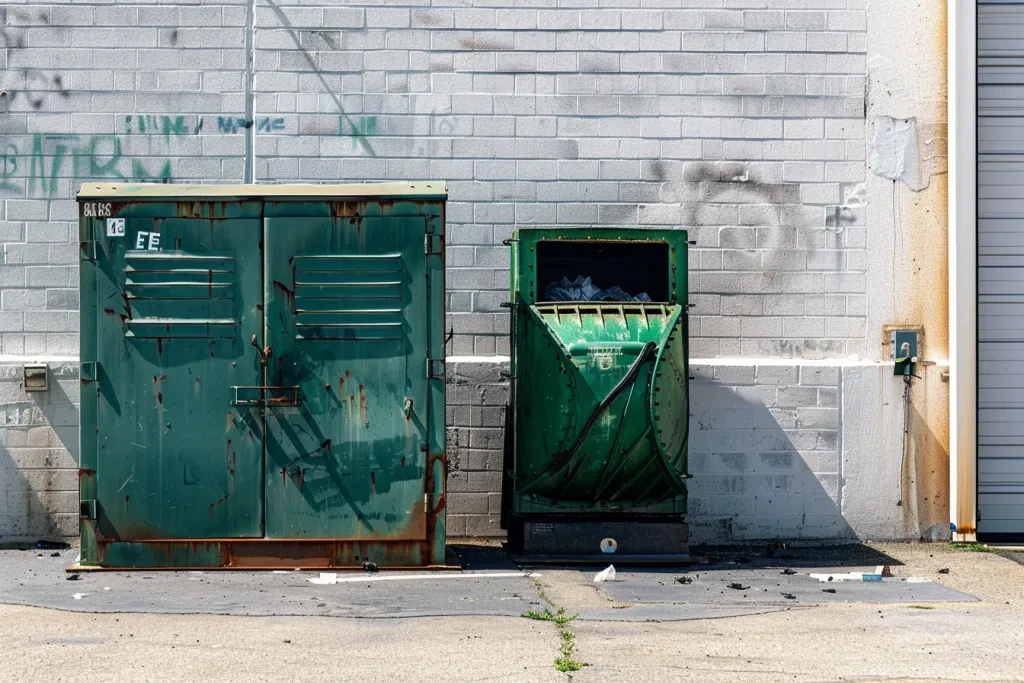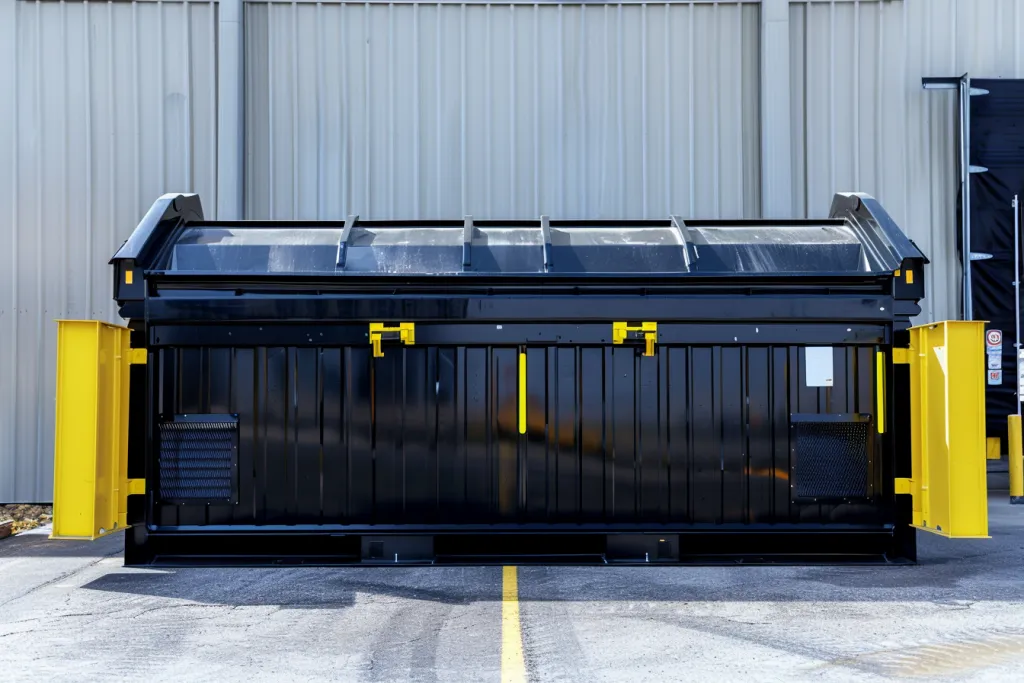In an era where efficiency and environmental consciousness go hand in hand, trash compactors have emerged as a game-changer in waste management. These powerful machines reduce the volume of waste, making disposal more efficient and less frequent. Whether for residential or commercial use, understanding how trash compactors work and their benefits can lead to more sustainable living and working environments.
Table of Contents:
– What is a trash compactor?
– How do trash compactors work?
– How to use a trash compactor
– How much does a trash compactor cost?
– Top trash compactors
What is a trash compactor?

A trash compactor is a machine designed to reduce the size of waste material through compaction. Unlike traditional waste disposal methods that merely collect trash, compactors apply pressure to waste materials, significantly decreasing their volume. This process not only minimizes the space needed for waste storage but also reduces the frequency of waste collection, offering both economic and environmental benefits. Trash compactors come in various sizes and configurations, catering to different needs, from residential kitchens to large commercial or industrial facilities.
The primary components of a trash compactor include a motor, a metal ram, and a compaction chamber where the waste is placed. The design and engineering of these machines focus on durability and efficiency, with many models featuring advanced technology to handle different types of waste materials effectively. By reducing the volume of waste, compactors play a crucial role in waste management strategies, contributing to more sustainable practices by lowering emissions from waste collection vehicles and extending the lifespan of landfills.
Choosing the right trash compactor depends on several factors, including the volume of waste generated, the types of materials frequently disposed of, and the available space for installing the machine. Residential models are typically smaller and fit conveniently in a kitchen, while commercial and industrial compactors are larger, more powerful, and capable of handling a wider variety of materials, including recyclables, organic waste, and non-compactable items.
How do trash compactors work?

Trash compactors use a straightforward yet effective mechanism to reduce waste volume. At the heart of every compactor is a powerful electric motor that drives a metal ram. When the compactor is activated, this ram moves down into the compaction chamber where the waste is loaded. The force exerted by the ram compresses the waste, significantly reducing its volume. The compacted waste is then either pushed into a disposable bag or a bin for easy handling and disposal.
The compaction process varies depending on the type of trash compactor. Manual compactors require the user to initiate the compaction cycle, while automatic models detect when the chamber is full and start the cycle themselves. Some high-end models incorporate hydraulics for even greater compaction force, efficiently handling larger volumes of waste and a broader range of materials.
Safety features are an integral part of trash compactor design. Most models include locking mechanisms that prevent the compactor from operating while the door is open, along with emergency stop functions. These features ensure that the compactors are safe to use, even in environments where safety concerns are paramount, such as in households with children or in busy commercial settings.
How to use a trash compactor

Using a trash compactor is relatively simple, but proper operation is essential for both safety and efficiency. The first step is to load the waste into the compaction chamber, making sure not to overfill it. Overloading can lead to jams and reduce the effectiveness of the compaction cycle. Once the chamber is loaded, close the door and select the compaction cycle. For manual models, this may involve pressing a button or pulling a lever, while automatic models will start the cycle on their own.
It’s important to note that not all waste is suitable for compaction. Hazardous materials, explosive items, and liquid waste should never be placed in a trash compactor. Additionally, to prevent odors and maintain hygiene, it’s advisable to regularly clean the compaction chamber and replace the bags or bins as needed.
For optimal performance, regular maintenance of the trash compactor is recommended. This includes checking the motor, ram, and safety mechanisms for signs of wear or damage. Professional servicing may be required for more complex issues, ensuring the compactor continues to operate efficiently and safely over its lifespan.
How much does a trash compactor cost?

The cost of a trash compactor can vary widely based on size, capacity, and features. Residential models typically range from $600 to $1,500, offering basic compaction capabilities suitable for household waste. Commercial and industrial compactors, which are larger and designed to handle higher volumes of waste, can cost anywhere from $2,000 to over $10,000. These models often include advanced features such as hydraulic compaction systems, automatic cycles, and enhanced safety mechanisms.
Investing in a trash compactor can lead to significant savings over time, particularly for businesses that generate a lot of waste. By reducing the volume of waste, compactors can lower disposal costs, decrease the frequency of waste collection, and contribute to a cleaner, more organized waste management system. When considering the cost of a trash compactor, it’s important to weigh these long-term benefits against the initial investment.
Top trash compactors

Several trash compactors stand out for their performance, reliability, and value. For residential use, models like the Whirlpool GC900QPPB and the GE UCG1680LSS offer excellent compaction ratios, ease of use, and sleek designs that fit seamlessly into modern kitchens. These compactors are praised for their quiet operation and durable construction, making them a popular choice among homeowners.
In the commercial and industrial sector, the Bigbelly Solar Compactor is a notable example. This innovative compactor combines solar power with smart technology to manage waste more effectively in public spaces. Its compact design and wireless reporting capabilities make it an ideal solution for cities looking to reduce their environmental footprint.
Another top performer in the commercial category is the Harmony Enterprises M60STD Vertical Compactor. Known for its versatility and high compaction force, this model can handle a wide range of materials, making it a valuable asset for businesses in various industries.
Conclusion:
Trash compactors play a vital role in modern waste management strategies, offering an efficient and environmentally friendly way to handle waste. Whether for residential kitchens or large commercial facilities, these machines can significantly reduce the volume of waste, leading to cost savings and a smaller environmental impact. By understanding how trash compactors work, how to use them properly, and the factors that influence their cost, consumers and businesses can make informed decisions that contribute to a more sustainable future.



